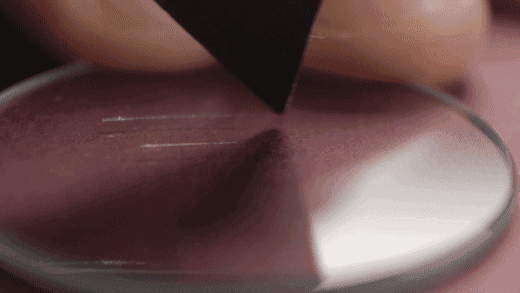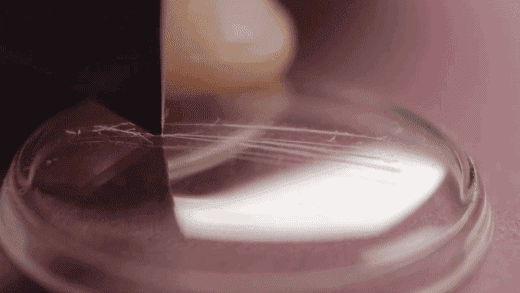Many customers cannot decide to use which glass when design their own watch brand, so as a custom watch manufacturer, we are pleased to introduce the watch glass types for you to have more idea before you make the decision. Here is a guide that help you recognize which glass is the best option for your own watch brands.
Wristwatches usually come fitted with some form of glass, to protect your watch dial and allow you to read the time. However different watch glasses have different properties, then What are each of these glass types? which watch glass is best? How do they perform and compare to one another?
The 3 most used types of watch glasses:
- Sapphire glass
- Mineral glass
- Acrylic glass
We will describe their properties and their pros & cons so you can make a decision of the glass for your watches.
Sapphire glass
Probably the most desirable watch glass is constructed of either synthetic or genuine sapphire. Generally synthetic sapphire is used. This is constructed of crystalized aluminum oxide and has the same physical attributes as the natural sapphire.
sapphire performs well against scratches, it is somewhat susceptible to shattering if exposed to heavy impacts. This is why certain watch types, for instance army watches, opt for more shatter-resistant options like acrylic.
The same hardness that makes the crystal so durable, also makes it very hard to work with and extremely difficult to polish the crystal to perfection. Sapphire glass is ten times as hard as mineral glass. So the price of sapphire is much more than a mineral glass.

Pros:
- Scratch resistant
- Clear
- Good for marketing
Cons:
- The price is high
- Prone to shattering upon heavy impacts
Mineral glass
It is the most used type of watch glass for affordable watches. Mineral glass is stronger than plastic glass, but not scratch resistant. By coating the mineral glass it can be hardened, making it twice as strong. In this condition it is also called hardened mineral glass.
Mineral glass is created from silica and provides better scratch protection than acrylic crystal, though from my experience still isn’t particularly good. This is almost identical to the regular ‘glass’ that you’ll have in your windowpanes and has similar properties as a result.
Mineral crystal is often found on ‘fashion watch’ brands, as it is cheaper to manufacture than sapphire glass and provides some scratch resistance.

Pros:
- Affordable
- Popular for fashion brands
- Less reflective than sapphire glass
- More scratch resistant than Acrylic or plastic glass
Cons:
- Far less scratch resistant than sapphire glass
- Repair is impossible if damaged or scratched
Acrylic glass
The least expensive glass is really a plastic. Acrylic plastic is tough, flexible and transparent. it is also very light. However it could scratch easily.
Acrylic glass is very affordable, its softness makes it very susceptible to scratches; though is surprisingly resistant to impacts, due to its flexibility. The pseudonyms previously mentioned are certain variants of acrylic glass with marginally different features, but overall very similar performance.
Although the scratches on acrylic can be removed, but you should consult a professional about the easiest method to proceed.

Pros:
- Impact-resistant
- Very cheap
- Can be repaired even with scratches
Cons:
- Very easily scratched
- Usually for cheap watch collections
- The clarity is not good
All private label watches from Ops can be customized, including the glass can be sapphire or mineral, and even the glass shape can be made dome or curved based on your design idea.
[…] Sapphire is actually sapphire crystal, a synthetic material that began to appear in the field of watches in the 1970s. […]